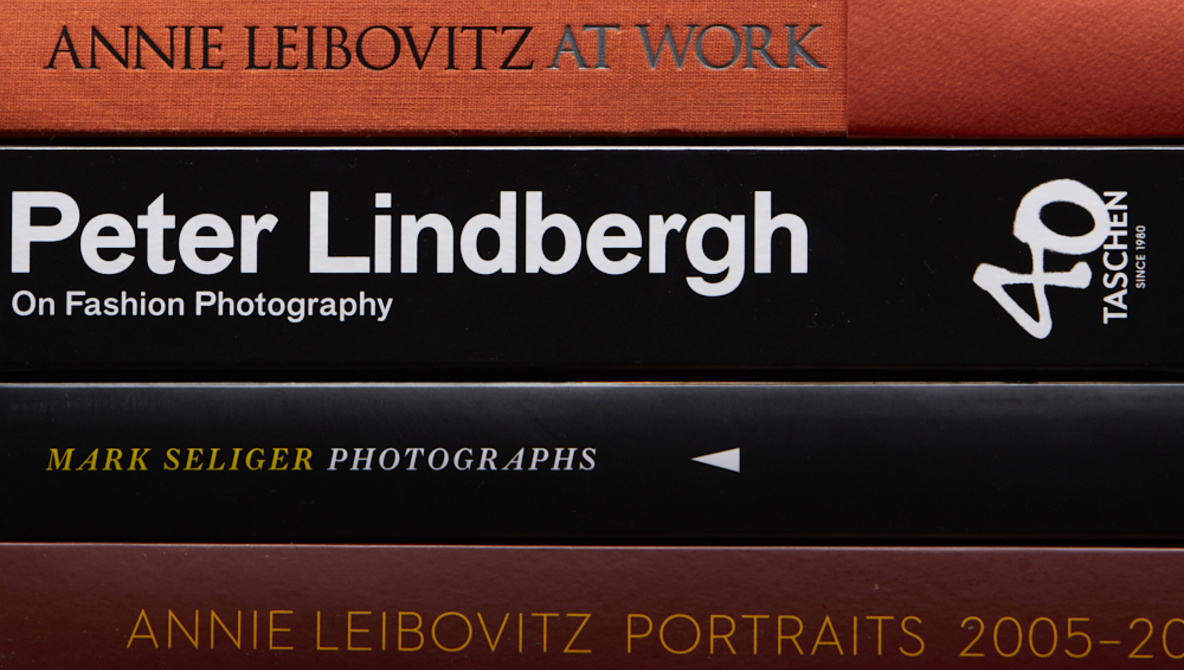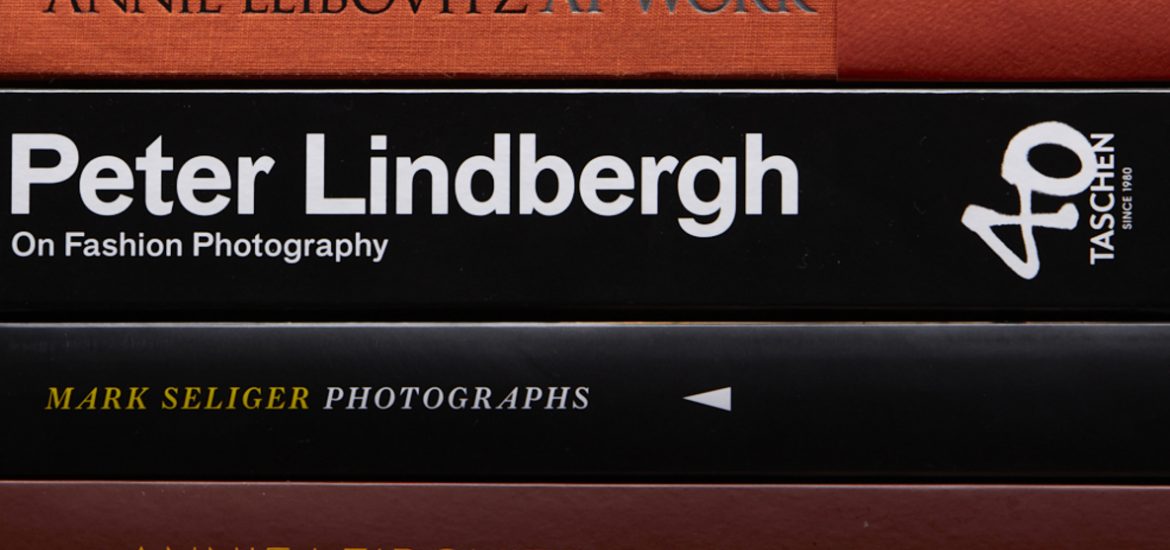
A lot of photographers seem to fall for promises that presets make, and sometimes, they are true. There are packs out there that give decent results. But the problem with presets is that they do the creative work for you instead of helping you be the creative you wish to be. And that is what is holding you back. But what if there’s one unique preset that will distinguish your work from everyone else’s? You can’t buy it, but you can develop it. Here’s how.
There is hardly a photographer on YouTube who hasn’t sold presets or at least thought about doing it. Preset sales seem to be quite lucrative and for good reason. They sell a quick fix, a popular style. You are blasted with before and afters, how much better will your photos be, and how professional the guy selling them is. Moreover, the change is supposed to be instant, immediate, and dramatic.
Sounds familiar? You’re not alone, many are in this boat. At one point, all consider getting the latest pack of the juicy presets in hopes for better photos. But there’s something inherently wrong with buying a quick “fix” for your photos. Why should photographers bother with decades of experience if presets exist? Surely, it can’t be that a pack of presets will make you into a better photographer.
The Only Preset You Need Is Your Own Style, but Developing It Can Be Hard.
You’re right, a pack won’t, but one and only one preset will. Unfortunately, it’s not an easy purchase. But once you have this preset, you are guaranteed to be a lot better. Miles better. The preset is called your own style.
I agree, if you just picked up a camera, it is a lot easier just to go off and blast as many photos are you can in hopes of finding a good frame. I can’t think of a photographer who hasn’t done that. But, when you decide to pick a frame, why do you pick it? Why does it look beautiful to you? Try going back to your photos and comparing the ones you liked over the ones you didn’t. Bar the out-of-focus ones, which other shots are there? Magnum Contact Sheets offers insight into the choice process that was made behind some of the most iconic images known to history.
Finding Your Style
Sometimes, compared to finding a treasure, finding your style is a long process, but a very interesting and educational one. Several things will help you along the way.
Look to the Past
We are not born with a preprogrammed style, but our past life experiences influence what looks good in the future. The best thing is, it doesn’t have to be anything related to photography. It can be quite literally anything that looked good to you. Try to collate those items, thoughts, ideas into some sort of order.
What Do You Like and Why?
Consider everything that you like and narrow it down to as much detail as possible. Liking the “pose,” “color,” etc. is slightly vague; you may want to note the exaggerated pose where the hand is thrown upward or how the warm color palette on the subject contrasts with the cold background behind. Try to be as specific as you can, but don’t go too crazy. No one knows everything; sometimes, we like things for no reason whatsoever, and that’s fine too.
Look to the Present
Knowing what you liked in the past is very important, but you can do a great deal in finding your style by looking at photographers you admire. Here are five very prominent photographers working in a plethora of styles:
None of them use presets, but what they do use is their eye and a style that is recognizable. It’s like a preset, but it gives you your creative control. Platon is not paid to use a black and white preset; he is paid to execute a portrait in his authentic style.
Martin Scholler found his style by looking at images of water towers shot in the same way and applied this to people. Platon gravitated towards simplicity because of his dyslexia. Annie Leibovitz is attracted to natural light. Ansel Adams was to contrast. All of them have a style, but none of them got there in a day (or even two).
Helpful Books
The best way to search for your style and what you should do now is to get your hands on as many photography books as you can — not the tutorial books, but books like these:
Mark Seliger Photographs is on discount now($20 is a steal for a book like this) and features portraits of some of the most iconic people photographer by Mark Seliger. He worked with such icons as Kurt Cobain, Barack Obama, Chuck Berry.
Annie Leibovitz: Portraits 2006-2016 is a collection of some of the most iconic photographs by Annie Leibovitz, a photographer requiring no introduction. They are made in her unique style and approach to viewing people.
Martin Schoeller Close shows style in the most obvious way and subjects in most unusual ways. This collection of portraits will give you insight. It is also on sale, and I’m picking one up.
Peter Lindbergh. On Fashion Photography shows his work, with various fashion brands and famous models like Linda Evangelista and Christy Turlington. His iconic style of storytelling with fashion is visible in all of his work, no matter the brand.
If you’re interested in landscape work, you may find Ansel Adams 400 Photographs interesting. Ansel Adams is considered one of the fathers of photography, so this is a must for any photographer, no matter the level.
There, each image has a particular point to say, a lesson to teach. And luckily, they tend to be inexpensive. Most cost less than a pack of presets from your favorite YouTube photographer.
If you’re looking to gain more insight into the creative process of some of the greatest photographers, I suggest Annie Leibovitz at Work. it is packed with insightful information on shooting different subjects: from fashion to war hospitals, from The Rolling Stones to Nicole Kidman. A section at the end is dedicated to popular questions on lighting, gear, and advice to young photographers. I’ve learned more about photography from this book than from any YouTube video.
Look to the Future
By now, you have probably realized that developing your style can be a difficult process, but what is fun about it is the journey: the images you see, the impressions you have, and the experiences you have. The destination isn’t so important here. And I guarantee you that your style will change over and over again, but eventually, it will halt in its respective niche — a niche that is yours and unique to you.
Whenever I see someone buy a pack of new presets, I get upset. They are holding your style back and replacing your authentic work with something someone else sold you that’s not yours to start with. That’s why I urge you to know what looks good to you, explore photographers, and not be afraid to experiment with your work.
There are very few photographers I personally know who have defined what their style is. Most, including me, are searching for it relentlessly. It’s a rollercoaster of ups and downs, but a very fun ride indeed.
